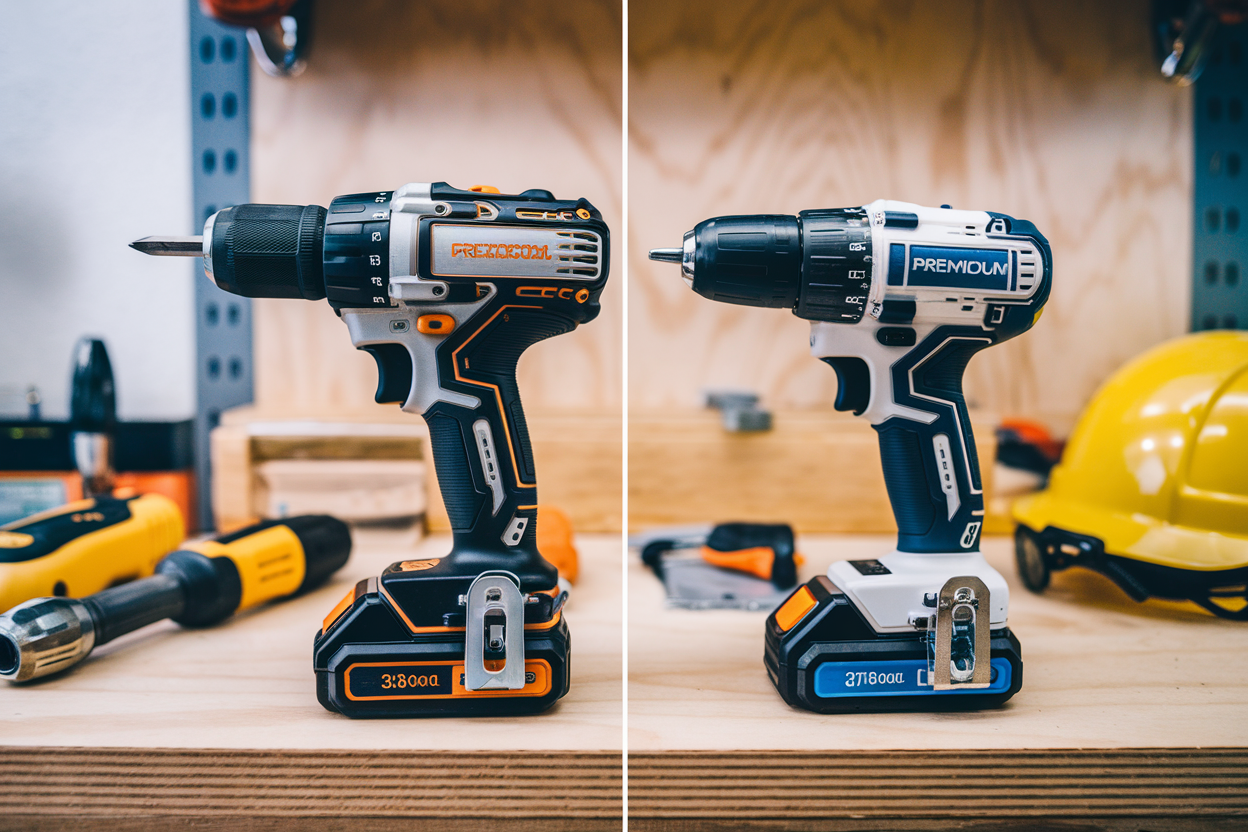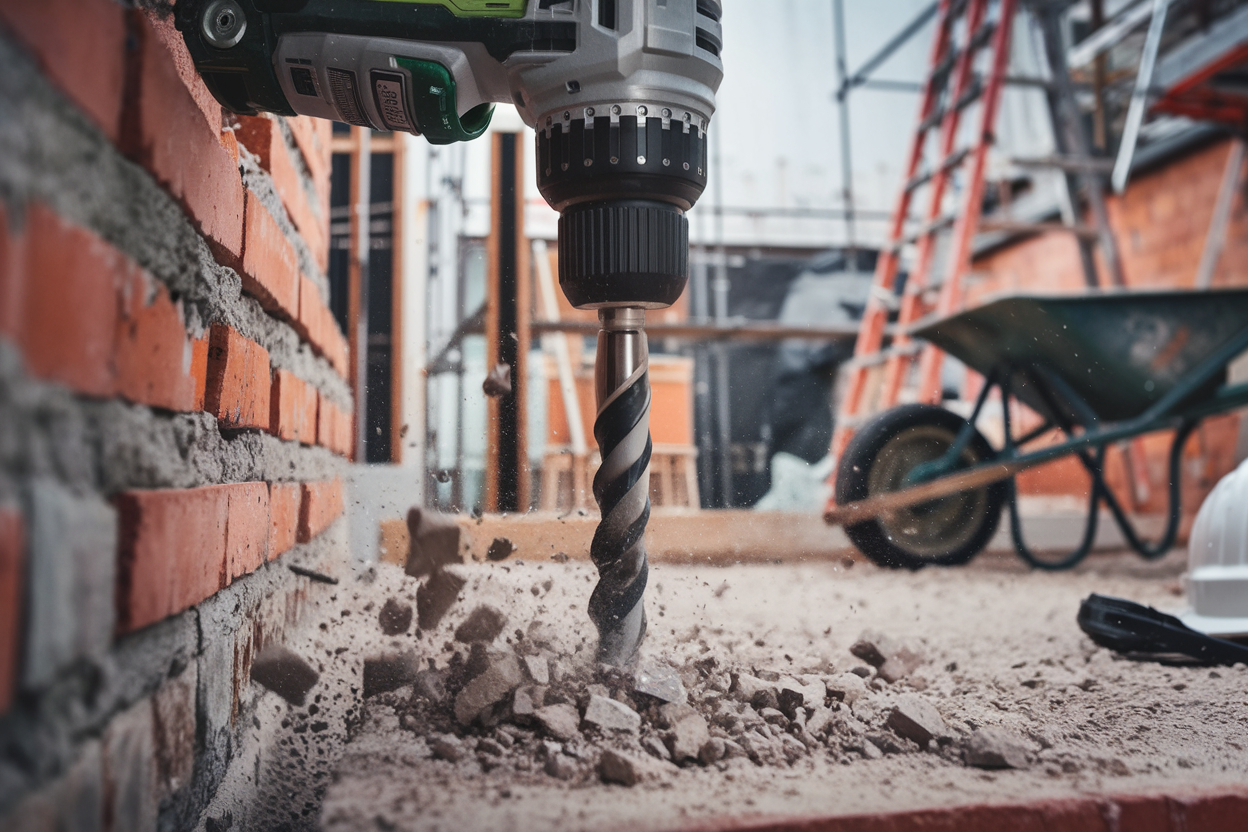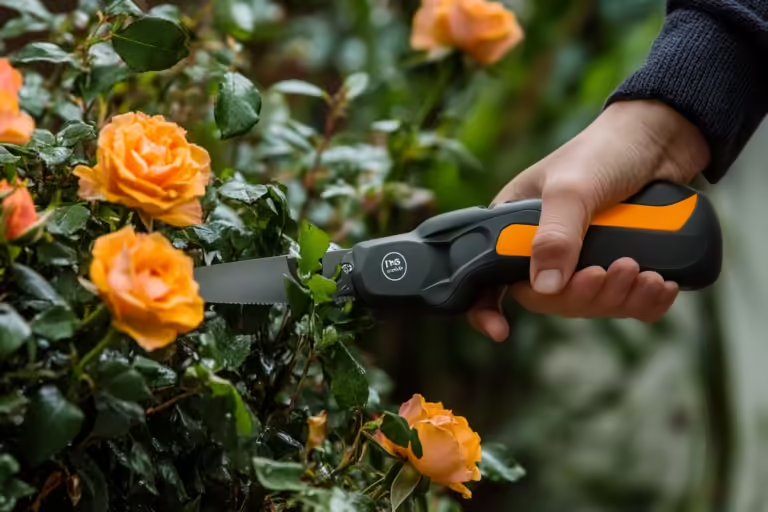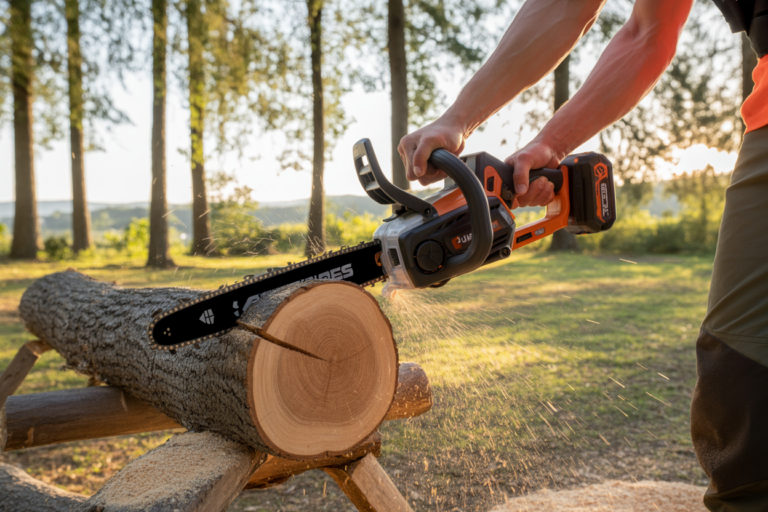
Selecting the right cordless drills can transform your market success. But with endless choices, how do you ensure the best pick for your needs? Let’s break it down.
To choose the best cordless drills for your market, focus on understanding your target audience, preferred features, and balancing quality with price.
I’ve seen businesses thrive by asking the right questions. Let’s explore how you can do the same for your market.
What is the best cordless drill for commercial use?
Commercial-grade drills must perform under heavy-duty conditions1. The wrong choice can impact efficiency and costs.
The best cordless drill for commercial use combines high torque, durability, and extended battery life, catering to heavy workloads.

Key Features for Commercial Use
| Feature | Importance |
|---|---|
| High Torque | Essential for tough jobs. |
| Long Battery Life | Reduces downtime. |
| Ergonomic Design | Improves user comfort. |
Recommended Models
Research top brands that consistently deliver quality. For instance, brands like Makita or Dewalt have earned trust in this segment.
How do I choose the right drill?
Choosing the right drill depends on your intended use, material type, and personal preferences.
Start by assessing your needs, material requirements, and workload. Match features like power, weight, and ergonomics to these needs.
Step-by-Step Guide
- Understand the Workload: Light-duty vs. heavy-duty tasks.
- Evaluate Power Requirements: More power for tougher materials.
- Consider User Comfort: Lightweight designs for prolonged use.
What is better, brushed or brushless cordless drills?
The debate between brushed and brushless motors2 often confuses buyers. Each has its strengths.
Brushless drills are more efficient and durable, while brushed drills are budget-friendly and reliable for basic tasks.
Key Differences
| Type | Advantages | Disadvantages |
|---|---|---|
| Brushed | Affordable, easier to repair | Less efficient, noisy |
| Brushless | Efficient, long-lasting | Higher cost |
What are the disadvantages of brushless drills?
Brushless drills sound perfect, but they’re not without downsides.
The main disadvantages of brushless drills are their higher upfront cost and complexity in repairs.
Brushless models demand more investment upfront, which may not suit small-scale buyers. Repairs also require specialized parts and skills.
What is the best voltage for a cordless drill?
Voltage determines a drill’s power. But more isn’t always better.
For most applications, 18V cordless drills strike the best balance between power and portability.
Why are cordless drills so expensive?
Cordless drills often cost more than expected. Let’s explore why.
The higher cost of cordless drills stems from advanced battery technology, improved motors, and ergonomic designs.
- Battery Costs: Lithium-ion batteries dominate cordless tools. They offer superior performance but at a price.
- Motor Technology: Brushless motors increase efficiency but also production costs.
Conclusion
Choosing the right cordless drill is about matching the tool to your specific needs while balancing quality and budget.







